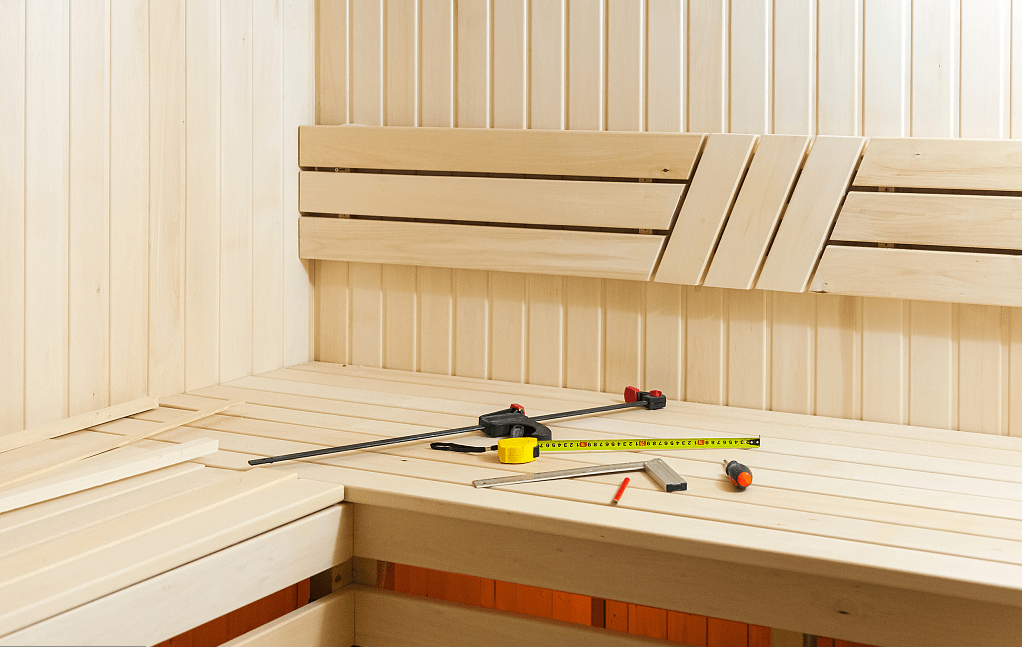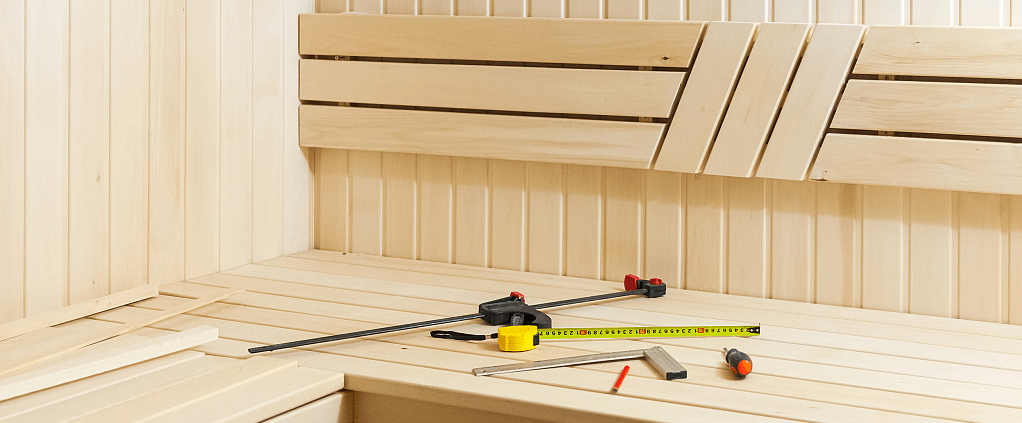Steam shower installation basics from Tolosauna

Steam showers are a popular feature in many homes and spas, and they can provide a relaxing and therapeutic experience. If you are considering installing a steam shower in your home, there are a few basic things you should know to ensure a successful installation.
First, steam showers require a dedicated water line and drainage system. The water line should be capable of delivering a consistent flow of hot water to the steam generator, which is typically installed in a nearby closet or utility room. The drainage system should be able to handle the additional water produced by the steam shower, and it should be properly vented to prevent moisture damage in the bathroom.
Second, steam showers should be installed in a well-ventilated space. Steam showers generate a significant amount of moisture, which can lead to mold and mildew if not properly ventilated. To prevent this, it is important to install an exhaust fan in the bathroom and ensure that it is properly vented to the outside.
Third, steam showers require a special type of door and seal to contain the steam and prevent it from escaping. This type of door and seal should be installed by a professional to ensure that it is properly fitted and sealed.
Overall, the installation of a steam shower requires careful planning and attention to detail. It is important to consult with a professional to ensure that your steam shower is installed correctly and safely. Tolosauna is a reputable manufacturer of steam showers, and their website may have additional information on steam shower installation basics.
Planning The Steam Shower Installation
Before beginning the installation of a steam shower, it is important to plan and prepare for the project. This will help to ensure that the installation goes smoothly and that the steam shower is installed correctly and safely.
Here are a few things to consider when planning the steam shower installation:
Determine the location for the steam shower. Steam showers require a dedicated water line and drainage system, so it is important to choose a location that is near these utilities.
Consider the ventilation requirements for the steam shower. Steam showers generate a significant amount of moisture, so it is important to install an exhaust fan and ensure that it is properly vented to the outside.
Choose the right steam shower unit. There are many different steam shower units available, and it is important to choose one that is suitable for your needs and space. Consider factors such as size, features, and price when making your decision.
Hire a professional to install the steam shower. Installing a steam shower requires specialized knowledge and skills, so it is best to hire a professional to handle the installation. This will ensure that the steam shower is installed correctly and safely.
Overall, careful planning and preparation are key to a successful steam shower installation. By considering these factors and working with a professional, you can ensure that your steam shower is installed properly and that you can enjoy its benefits for years to come.
Choosing Components for the Steam Shower
When installing a steam shower, it is important to choose the right components to ensure that the shower functions properly and provides a high-quality steam experience. Here are a few key components to consider when planning your steam shower installation:
1.Steam generator: The steam generator is the heart of the steam shower, and it is responsible for heating the water and producing steam. Choose a steam generator with a high-quality heating element and a reliable control system to ensure that it can produce consistent, high-quality steam.
2.Control panel: The control panel is used to control the steam generator and adjust the temperature and steam output of the shower. Choose a control panel with easy-to-use controls and a clear display to make it simple to adjust the steam shower settings.
3.Steam head: The steam head is the part of the steam shower that produces the steam and delivers it to the shower enclosure. Choose a steam head with a large diameter and a high steam output to ensure that the steam shower produces plenty of steam.
4.Shower enclosure: The shower enclosure is the space where the steam shower is installed, and it must be able to contain the steam and prevent it from escaping. Choose a shower enclosure with a tight-fitting door and seal to ensure that the steam stays inside the shower.
5.Ventilation: Proper ventilation is essential for a steam shower, as it helps to prevent mold and mildew and ensures that the steam shower functions properly. Choose an exhaust fan with a high airflow rating and ensure that it is properly vented to the outside to provide adequate ventilation for the steam shower.
By choosing the right components for your steam shower, you can ensure that it provides a high-quality steam experience and functions properly for years to come.
Steam Installation: From Beginning to End
Installing a steam shower in your home can be a rewarding and relaxing project, but it does require careful planning and attention to detail. Here is a general overview of the steps involved in a steam shower installation, from beginning to end:
1.Plan the steam shower installation. Determine the location for the steam shower and consider the ventilation requirements. Choose the right steam shower unit and hire a professional to handle the installation.
2.Prepare the installation site. Remove any existing fixtures or finishes in the area where the steam shower will be installed, and make any necessary plumbing or electrical modifications.
3.Install the steam generator. The steam generator is typically installed in a nearby closet or utility room, and it should be connected to a dedicated water line and drainage system.
4.Install the control panel. The control panel is typically mounted on the wall outside the steam shower, and it should be connected to the steam generator and the steam head.
5.Install the steam head. The steam head is installed inside the steam shower, and it should be positioned near the ceiling to ensure that the steam is distributed evenly.
6.Install the shower enclosure. The shower enclosure is the space where the steam shower is installed, and it must be able to contain the steam and prevent it from escaping. The enclosure should be properly sealed and ventilated.
7.Install the ventilation system. Proper ventilation is essential for a steam shower, as it helps to prevent mold and mildew and ensures that the steam shower functions properly. An exhaust fan should be installed and properly vented to the outside.
8.Test the steam shower. After the steam shower is installed, it should be tested to ensure that it is functioning properly and providing a high-quality steam experience.
Overall, the process of installing a steam shower involves several steps, and it is important to work with a professional to ensure that the installation is done correctly and safely.





